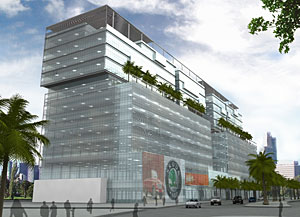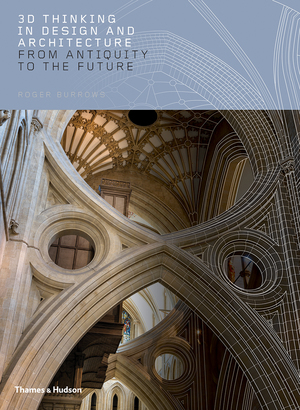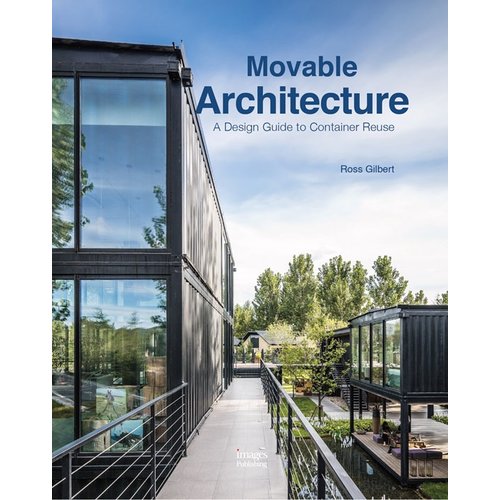In recent years, as many major U.S. architecture firms expanded internationally, they often bypassed Latin America in favor of Europe, China, and the Middle East. Gradually, though, that may be starting to change, as architects open offices and enlist for projects in Central and South American countries, where population and economic growth have been strong in recent years.

Even as financial troubles mount around the world, and increasingly put some Latin nations at risk, there’s a sense that much of the region, which has been buffeted by severe recessions before, can weather the current crisis. At least that’s what some architects believe.
“I’m continually surprised how much of a need there is for development,” says Stephen Forneris, AIA, who heads the 10-employee office that Perkins Eastman opened in Guayaquil, Ecuador, in October. The city, which is Ecuador’s largest and a busy port for shipments of chocolate, bananas, shrimp, and cement, has mushroomed from 300,000 people in 1970 to 3.5 million today, Forneris says.
Now cropping up there are stores selling luxury foreign goods, the kinds of watches and handbags purchased by big spenders on Miami shopping trips. More significantly, a growing middle-class in Ecuador, as well as in Peru and Colombia, is spurring the construction of discount stores, adds Forneris, who recently completed a 12-story mixed-use project in downtown Guayaquil. Among its tenants will be a new outpost of Juan Eljuri, an Ecuadorian-type Wal-Mart that sells clothes, housewares, and electronics. The building will house both the 45,000-square-foot store and the company’s corporate offices, in addition to other tenants.
While the global credit freeze could theoretically curtail shopping habits, the overall effects “won’t be as severe here,” Forneris predicts. “Money has been hard to come by for years, so I don’t know how much more credit can shrink for them.”
The foreign influence on Costa Rica, meanwhile, is predominantly from U.S.-based personal-care products and technology companies looking to outsource jobs, says Joe Brancato, a managing principal with San Francisco-based Gensler, which opened an office in Escazu, Costa Rica, in 2006.
To accommodate clients, it helps to have local connections: all 22 employees in Brancato’s office are native Costa Ricans, because they’re familiar with the country’s intricate building codes, he says. Plus, residents are often better equipped than transplants for the delicate task of convincing local contractors to start projects after construction plans are finalized, not before, as is often the case in Costa Rica. “You need to understand and embrace that this is a different culture, that they do things differently,” Brancato says.
Another driver of Latin America’s building boom is tourism. Despite a global drop in travel due to the economic downturn, Bryan Algeo, AIA, principal of WATG, an Irvine, California-based firm, says the Latin American tourism industry shouldn’t be as badly affected as other parts of the world because the region’s still relatively affordable compared with other destinations.
Plus, with demand for hotel rooms there far outstripping supply—there are just 500 luxury hotel rooms in all of Costa Rica, he says—developer interest should remain high. That’s just one of the reasons his firm, which has designed hotels in 150 countries since its founding in 1946, is seeking more commissions in Latin America. “We go where the action is, and we see activity moving south,” Algeo says.
In Panama, he adds, developers can’t usually secure loans until they have pre-leased 75 percent of a project, insuring that the kinds of speculative buildings that can worsen downturns aren’t constructed. His firm currently is working on Panama City Center, a $60 million project whose twin 22-story glass towers rise from a four-story podium that includes a casino and spa. Excavations are underway for the project, which is on track to open in 2010, according to Algeo.
Latin America’s stabilizing political landscape is also fueling its appeal, says Alberto Aranda of Giancarlo Mazzanti Architects, a 12-year-old Bogota, Colombia, firm specializing in schools, libraries and stadiums and other state-sponsored commissions. He adds, however, that a gold-rush mentality may never totally catch on, as South American clients still typically pay far less than their American counterparts.
“There’s a still a gap, and that gap makes us less competitive than the rest of the world,” Aranda says. “It’s not always attractive, economically speaking, for an American to come work here.”




Post a comment to this article
Report Abusive Comment